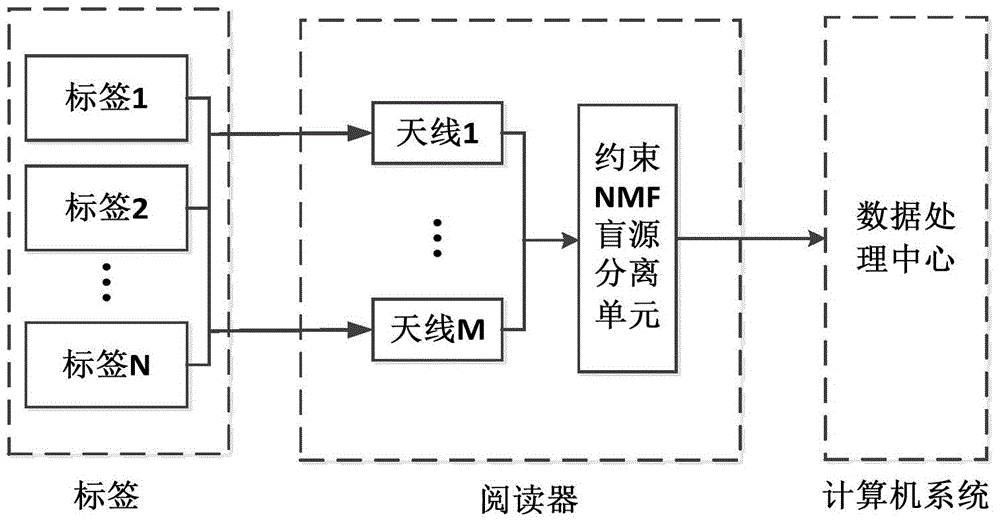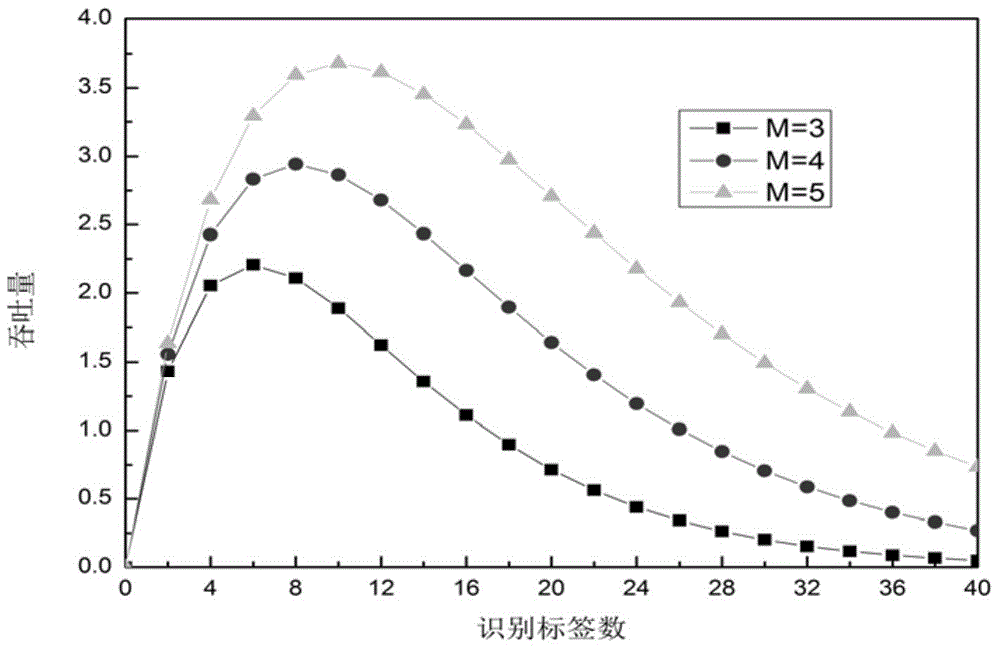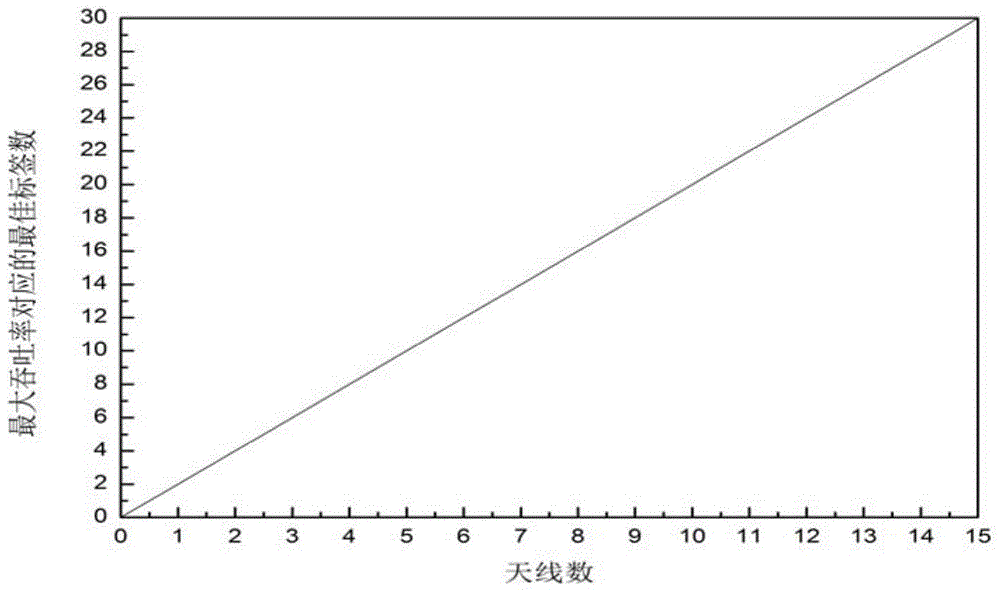Underdetermined blind source separation RFID anti-collision method based on frame slots
An underdetermined blind separation and anti-collision technology, applied in the field of multi-tag reading, can solve the problems of separation performance and tag recognition rate reduction, high hardware cost and complexity, etc.
- Summary
- Abstract
- Description
- Claims
- Application Information
AI Technical Summary
Problems solved by technology
Method used
Image
Examples
Embodiment Construction
[0118] The invention will be further illustrated by the following examples.
[0119] Assume that the reader has M antennas, there are enough tags around the reader, and the number of tags is N, and the tag identification starts. The whole algorithm steps are as follows:
[0120] (S1), first, when the tag enters the recognition range of the reader, the reader sends a Query command to the tag, starts the inventory cycle, and makes the tag ready;
[0121] (S2). During the process of identifying tags by the system, the tags execute a 16-bit time slot counter. After all unidentified tags receive the Query command, 2 Randomly select a time slot from +γL)) time slots and store it in their respective time slot counters, and the tag whose time slot counter is 0 starts to respond. Then, the response tag generates a 16-bit random sequence RN16 through a random or pseudo-random data generator (RNG), and sends the respective RN16 sequence to the reader. According to the number of respons...
PUM
 Login to View More
Login to View More Abstract
Description
Claims
Application Information
 Login to View More
Login to View More - R&D
- Intellectual Property
- Life Sciences
- Materials
- Tech Scout
- Unparalleled Data Quality
- Higher Quality Content
- 60% Fewer Hallucinations
Browse by: Latest US Patents, China's latest patents, Technical Efficacy Thesaurus, Application Domain, Technology Topic, Popular Technical Reports.
© 2025 PatSnap. All rights reserved.Legal|Privacy policy|Modern Slavery Act Transparency Statement|Sitemap|About US| Contact US: help@patsnap.com



